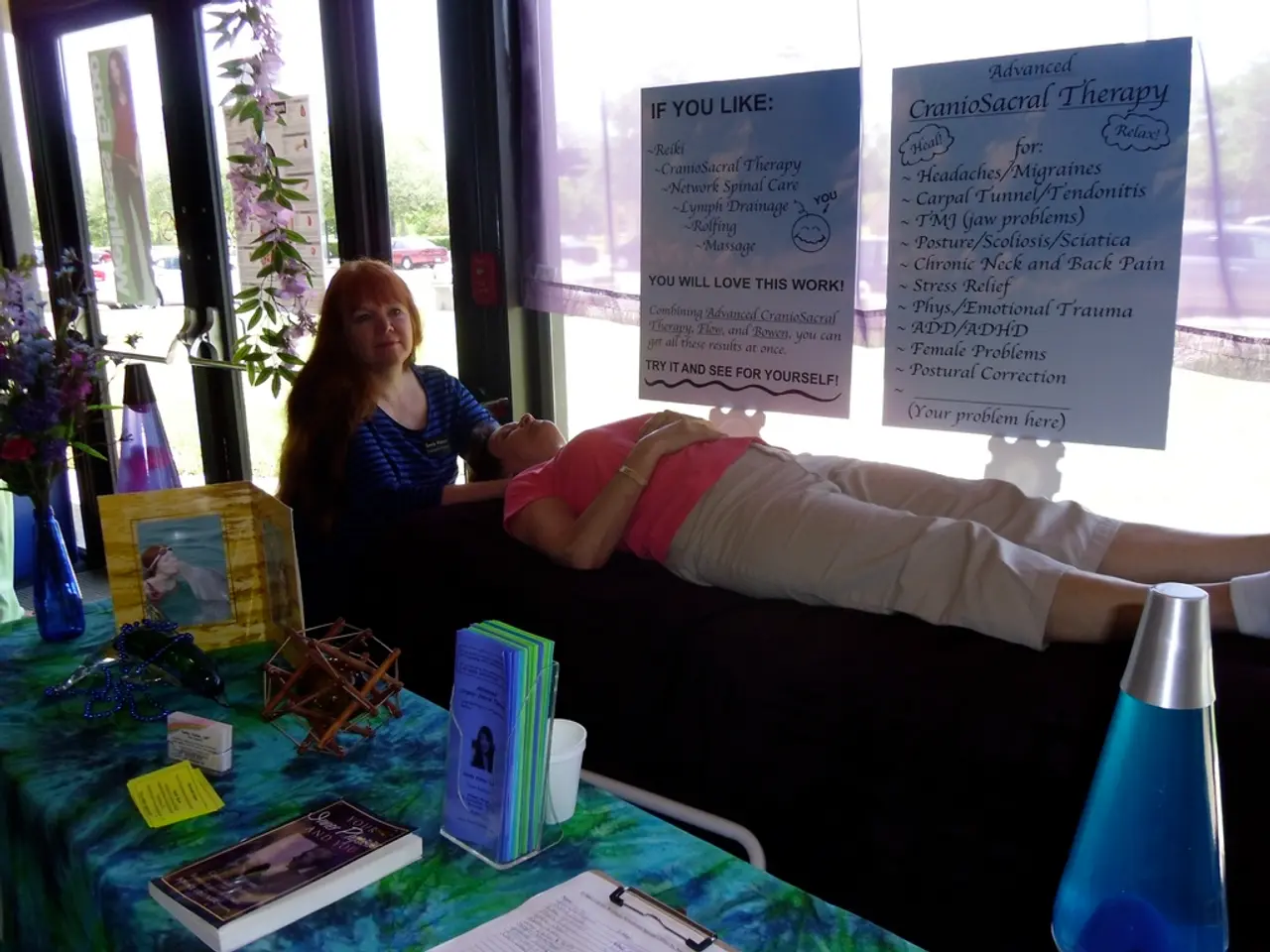Treatment Methods for Borderline Personality Disorder (BPD)
In the United States, borderline personality disorder (BPD) is a long-term condition that affects many individuals. If you or someone you know is struggling, it's essential to seek help.
In case of emergency, call or text the 988 Lifeline, text HOME to the Crisis Text Line, or call 911 or your local emergency services number. The mental health organization Mind also provides a list of strategies for managing specific emotions in people with BPD.
Among psychotherapies for BPD, dialectical behavior therapy (DBT), mentalization-based therapy (MBT), schema therapy (ST), transference-focused therapy (TFP), and systems training for emotional predictability and problem solving (STEPPS) all have empirical support.
Dialectical behavior therapy (DBT) is the most extensively studied and has the strongest empirical support. It is effective in reducing BPD symptoms such as self-harm, emotional dysregulation, and suicidal behavior, with multiple controlled trials showing symptom reduction and improved functioning. Studies indicate better clinical outcomes for patients undergoing DBT, especially when a strong therapeutic alliance is present.
Mentalization-based therapy (MBT) also has robust evidence from clinical trials showing its effectiveness in improving emotional regulation and interpersonal functioning in BPD patients. It focuses on enhancing patients’ capacity to mentalize, i.e., understand their own and others’ mental states.
Schema Therapy (ST) has demonstrated effectiveness comparable to DBT and MBT, with evidence suggesting it improves symptom severity and psychosocial functioning. Some reviews cite ST as one of the most effective treatments after DBT.
Transference-Focused Therapy (TFP), a psychodynamic approach, shows promise in treating BPD, particularly in improving interpersonal relationships and reducing symptom severity. Its evidence base is smaller and less extensive than DBT or MBT but is supported by clinical trials and practice guidelines.
STEPPS is a more structured group skills training program for emotional regulation and problem-solving. It has empirical support showing reductions in BPD symptom severity and improved psychosocial functioning, often used as an adjunct to other treatments.
Overall, no single therapy is universally recognized as the “gold standard,” but DBT and schema therapy have the largest and most consistent evidence bases. All these approaches are clinically recommended, and treatment choice is often personalized based on patient characteristics and clinical setting. Recovery in BPD generally involves significant symptom reduction and improved psychosocial functioning, which these therapies help facilitate over time.
For anyone who is finding it difficult to cope, especially those thinking of self-harm or suicide, it is crucial to seek help. If you think you may have BPD or have received the diagnosis and want to start treatment, it is a good idea to contact a therapist with experience in this area. Some therapists offer phone contact between sessions, and group sessions can help people with BPD learn to express themselves effectively and improve interpersonal relationships.
The Food and Drug Administration (FDA) has not yet approved a medication to treat BPD specifically, but mood-stabilizing, antidepressant, or antipsychotic medications may help with anxiety, hostility, or depression. Additionally, some pilot studies suggest that group ST has promise as a therapy for BPD, but further research is needed due to small participant numbers.
The organization BPD World provides a list of helplines for people in the U.S. seeking help for BPD. Older studies confirm that DBT helps reduce self-harm and hospitalizations and helps people stay in treatment. STEPPS therapy is a skills-based group program that people attend alongside other types of therapy.
In summary, various psychotherapies can benefit people with BPD, each with its unique focus and strengths. Seeking help is the first step towards recovery, and multiple resources are available to support those on this journey.
- These therapies-and-treatments like dialectical behavior therapy (DBT), mentalization-based therapy (MBT), schema therapy (ST), transference-focused therapy (TFP), and systems training for emotional predictability and problem solving (STEPPS) have shown empirical support in managing borderline personality disorder (BPD).
- Among these therapies, DBT has the largest and most consistent evidence base, reducing symptoms such as self-harm, emotional dysregulation, and suicidal behavior, improving functioning, and demonstrating better clinical outcomes when a strong therapeutic alliance is present.
- Mentalization-based therapy (MBT) also effectively improves emotional regulation and interpersonal functioning in BPD patients, while focusing on understanding one's own and others’ mental states.
- Schema therapy (ST) has demonstrated comparable effectiveness to DBT, showing improvements in symptom severity and psychosocial functioning, often used as an adjunct to other treatments.
- Transference-Focused Therapy (TFP), with its smaller, less extensive evidence base, has shown promise in treating BPD, particularly improving interpersonal relationships and reducing symptom severity.
- In addition to individual therapy, group sessions focusing on healthy-diets and nutrition, such as STEPPS, help people with BPD learn to express themselves effectively and improve interpersonal relationships.




